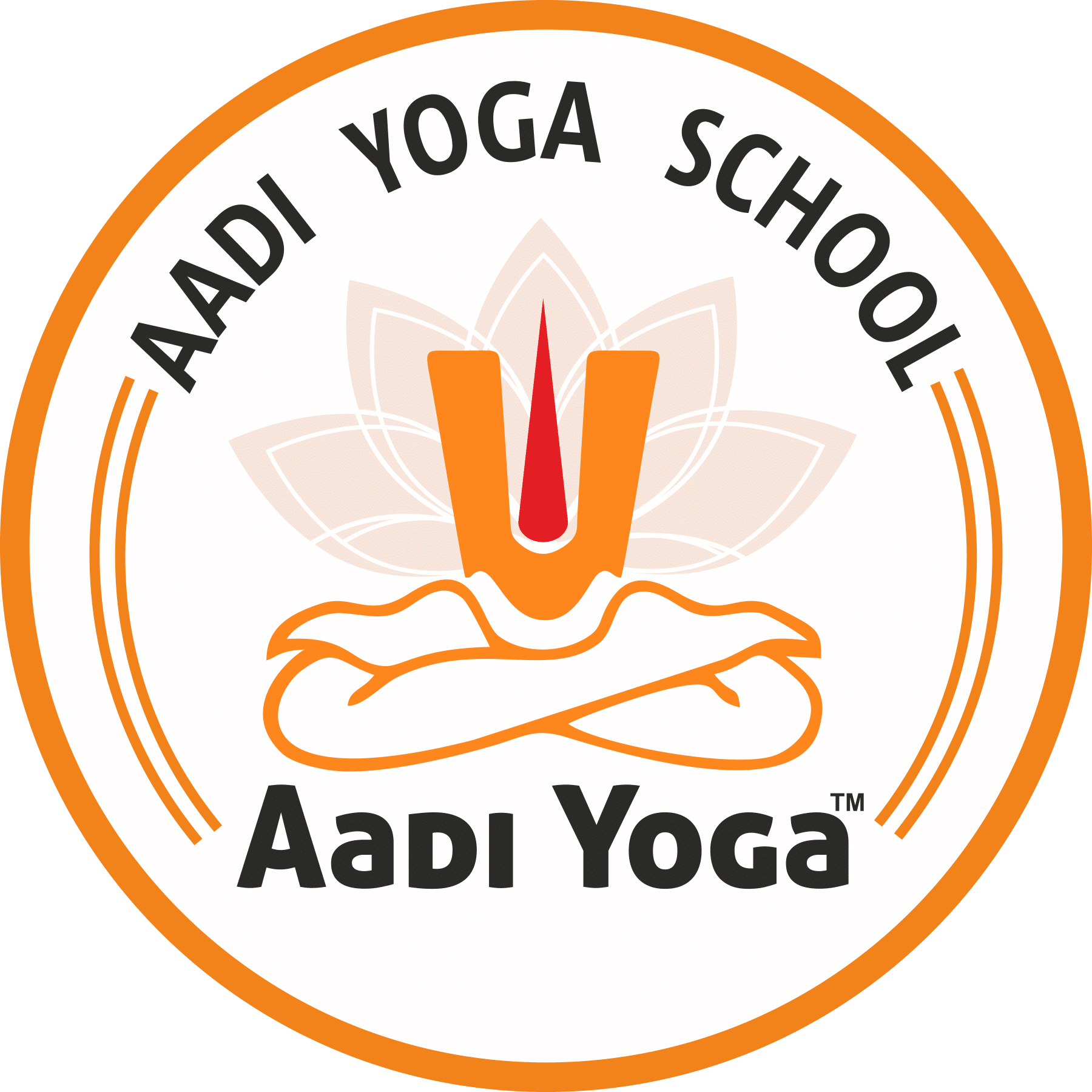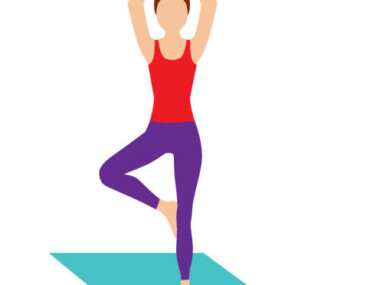Benefits of Pranayama in Daily Practice
Benefits of Pranayama: Pranayam is a breathing exercise which helps us to have control over our breath. Pranayama helps us to have an easy and controlled breath that does not waiver with emotions.
Meditation is a consciously concentrating the whole of your mind on one single thought or no thought at all.
Pranayama, the essential piece of the yogic science can be known as the speciality of relaxing for well being for the supernatural medical advantages it proffers. The three basic strides of Pranayama incorporate Puraka (Inhalation), Recaka (Exhalation) and Kumbhaka (Retention).
Deep and slow inward breath helps in the admission of enough oxygen for the body pursued by simple maintenance of the breathed in oxygen, which empowers the framework to gain it. The last advance is exhalation that is done through lungs or midriff, where the debasements from your body are breathed out.
Five Basic Types of Pranayama for Regular Practicing Pranayama
-
Bhastrika Pranayama
Bhastrikā is an important breath exercise in yoga and pranayama. Bhastrika involves a speedy and forceful process of inhalation and exhalation process of breath. The movement of air is followed by an audible sound.
Steps
- Sit serenely on a level ground
- Take a full breath through the two nostrils and fill the lungs with air and afterwards breathe out totally with a murmuring sound
- Repeat
-
Kapalbhati Pranayama
Kapalbhati Pranayama is a breathing technique. It requires you to sit in a yogic posture and breathe. It is more of a breathing exercise than assuming a pose with the help of your limbs.
Kapalabhati helps to cleanse the lungs, sinuses, and respiratory system, which can help to prevent illness and allergies. Regular practice of Kapalabhati strengthens the diaphragm and abdominal muscles.
Steps
- Sit on a level floor collapsing your legs following the spine straight and close the eyes
- Keep the correct palm on the right knee and following left palm on left knee
- Now take a full breath and breathe out with all your power, as a result, your stomach will dive deep inside
- When you breathe out with murmuring sound endeavour to feel that your scatters are leaving your nose
-
Nadi Shodhana Pranayama
This pranayama is one of the astounding breathing activities which is otherwise called Anulom Vilom Pranayama. The standard practice offers a jolt of energy in the body and discharges pressure and nervousness. It ought to be drilled in the first part of the day in outside air with an empty stomach.
Steps
- Sit contentedly on smooth
- Shut the right nostril using the right thumb and inhale from the left At that point, close left nostril with centre and ring finger and inhale out from the right nostril
- Now shutting in the left nostril take in profoundly with right nostril and afterwards close the right nostril and inhale out profoundly with a left nose. Do the redundancy
-
Bhramari Pranayama
Bhramari pranayama is the great breathing activity that assumes a significant job in discharging fomentation, disappointment and outrage. It is the best breathing activity in quieting your brain.
Steps
- Sit comfortably on a plane ground.
- Place your pointers on the temple and with the rest of the fingers close your eyes
- Start breathing in through both the nostril slowly and deeply
- By keeping the mouth closed, breathe out by making a murmuring sound like “hmmm“. While making murmuring sound say ‘Om‘ in delicate murmuring sound
- Repeat
-
Sheetali Pranayama
Sheeta means cooling, as a result, it is the impact of this pranayama. It’s an incredible pranayama present for pressure, uneasiness and strain.
Steps
- Sit in an agreeable position with the back and head erect than hands on the knees in Jnana mudra and eyes shut
- Make a puckered hover with your mouth at that point stand out your tongue and twist the edges inwards to shape a cylinder
- Inhale gradually and profoundly through the cylinder as though sucking air through a straw to the tally of 4
- Fill up your midriff and chest to the full limit
- Retain the breath.
- Straighten your head and breathe out through the nostrils until all air is removed
- Repeat
1.5 Benefits of Pranayam:
- Strengthens physical immunity
- Relaxes the nervous system
- Improves blood circulation
- Removes all toxins from the body
- Regulates the rate of breathing and heart rate
- Regulates blood pressure
- Helps relax the body and mind
- Cures Digestive problems
- Relieves stress, depression, anxiety, etc
- Builds emotional strength
- Prevents inflammation
- Inculcates mindfulness
- Improves Longevity
- Makes the skin glow
- Increases stamina, energy, and the general feeling of happiness and well being
These are 15 additional motivations to rehearse Pranayam. We as a whole live in a quick-paced world; in this way, making us increasingly powerless against stress, ailment and dormancy.




